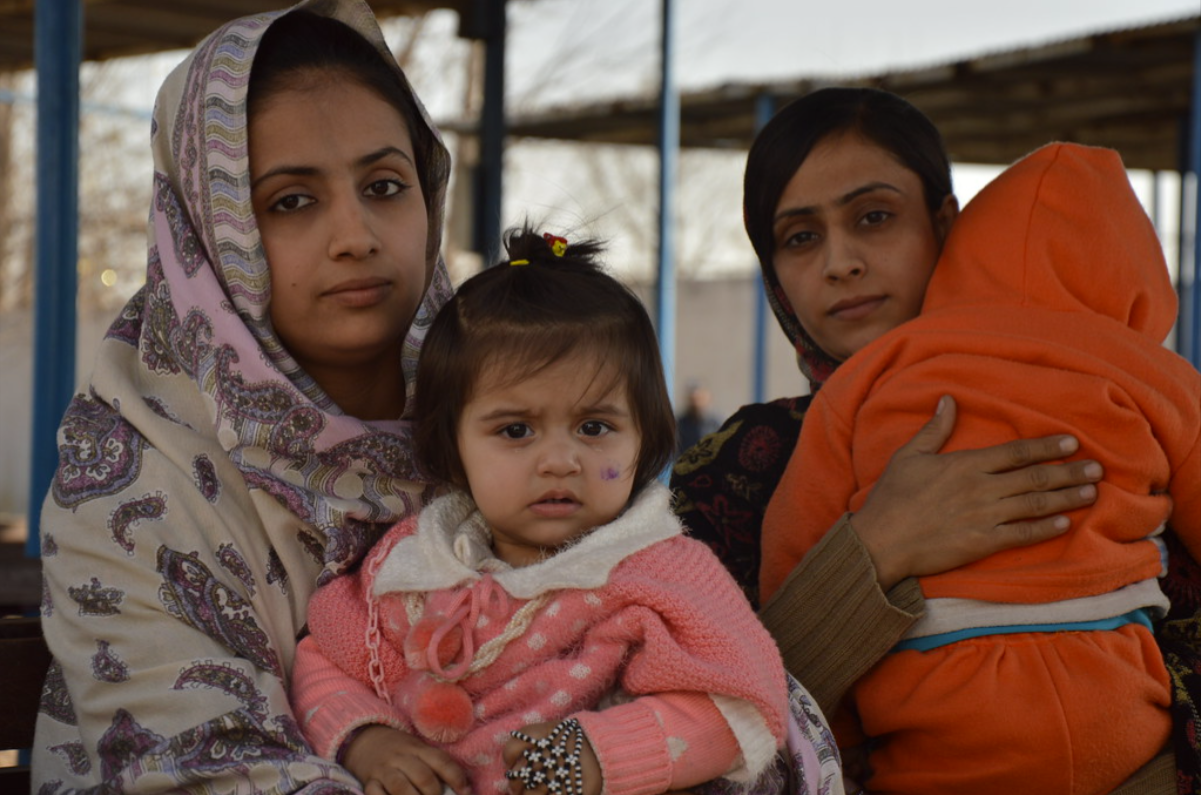
As global attention is captivated by raging wars in Ukraine and Gaza, other humanitarian emergencies lack adequate media coverage. On September 26th, 2023, the Pakistani government announced the deportation of all undocumented immigrants and foreigners who have overstayed their visas. Since then, hundreds of thousands of refugees have been forced to leave the territory.
Currently, 1.7 million Afghan refugees are put at risk by this policy, facing an unthinkable dilemma : either remain in the increasingly hostile environment of Pakistan or return to Afghanistan, where they will likely face persecution under the Taliban leadership.
The roots of the Afghan refugee movement in Pakistan
The Afghan citizenry has faced successive cycles of violence throughout its history, leading individuals to seek asylum in the Islamic Republic of Pakistan. These waves of instability can be traced back to 1979, as the Soviet invasion of Afghanistan forced tens of thousands of Afghans to flee. The American occupation of the country, as a consequence of the 9/11 terror attacks, also led to a wider displacement of the population. More recently, since the Taliban takeover in August 2021, over 600,000 Afghans have fled to Pakistan.
According to Pakistani official figures, 4 million foreigners resided in the territory in October 2023, and among them, 3.8 million Afghans. Local authorities notably stress that only 2.2 million of Afghan refugees benefit from a government-approved document which grants them legal status.
The Repatriation Plan and its aftereffects
In order to rectify the burning issue of illegal migration, the new Pakistani plan focuses on identifying unregistered migrants. The regime thus expects citizens to become preeminent actors in the repatriation process. The public note encourages inhabitants to report the authorities “about the presence of illegal foreigners in their localities” and denounce people “in possession of fake identity documents”.
The Ministry of Interior set November 1st, 2023 as the deadline for the “voluntary return” of undocumented Afghans – before the implementation of a policy endorsing mass arrests and forced deportation begins. This offered less than a month for refugees to leave their homes in Pakistan. Additionally, the plan stated that illegal foreigners would be subjected to confiscation of their businesses, property, and vehicles.
By the same token, schools instructing Afghan students were temporarily closed as learning conditions were deeply deteriorated by the new policy. Indeed, police roundups gradually became a daily reality, targeting undocumented Afghans while also affecting lawful migrant children. As students stopped leaving their homes to hide from the deportation enforcement, attendance fell by two-thirds, leading to the closure of educational institutions.
The hidden reasoning behind the official decree
In addition to illegal immigration, Pakistani rulers are confronted with a recent surge in armed attacks. Authorities sought a scapegoat for this spiraling violence, ultimately pinning the blame on Afghan immigration. The State defended that, in the last year, 14 of the 24 suicide bombings targetting Pakistani citizens were directly conducted by Afghan nationals.
However, lurking behind those assaults is the Tehrik-e-Taliban Pakistan, an Islamist group commonly referred to as the Pakistani Taliban due to its intricate connections with the Afghan Taliban. Since its foundation in 2007, the armed organization of TTP aims to seize control and impose Sharia law over the ‘tribal belt’, a region adjacent to Afghanistan.
The Taliban takeover of Kabul in 2021 strengthened the scope and size of the TTP. Over the past two years, the group has been on an upward trajectory – increasing its militant activity by 80% in 2023. It obtained sophisticated weaponry from Kabul, broadened its support base, and recruited new soldiers who fled Afghanistan. The TTP is today engaging in an escalation of violence against the Pakistani state.
Ultimately, the strongly defended repatriation plan hides a shadowed political message. As Islamabad has been paralyzed by violence since 2021, the government decided to end its silence. Pakistani rulers conclusively accused the Taliban rulers of funding and providing the TTP with safe havens across the border. Hence, the government built an efficient pressure tactic to strong-arm the Taliban into restricting the TTP: the deportation of Afghan refugees.
The echo of the international community – International norms and responses to Pakistan’s Repatriation Policy
Islamabad’s policy entails a strict response from the international sphere. The principle of non-refoulement constitutes an essential pillar of international human rights law. This principle prohibits state leaders from transferring individuals within their jurisdiction when they would be at risk of irreparable harm upon return – persecution, torture, or war.
Today, Afghanistan witnesses the deterioration of its situation marked by increasing conflict, political instability, and environmental tragedies. The UN Refugee Agency is thus steadfast in its commitment to the non-return advisory pronounced in August 2021.
The United Nations urged Pakistan to maintain the protection space for Afghans in need of safety – without success. Since the implementation of the repatriation plan, over 500,000 Afghans have been forced to cross the border. For this reason, a group of nine foreign NGOs have called on other nations to provide refuge for Afghans until a sustainable and safe return to their homeland can be implemented.
Edited by Margaux Zani
The opinions expressed in this article are solely those of the author and they do not reflect the position of the McGill Journal of Political Studies or the Political Science Students’ Association.
Featured image by EU Civil Protection an Humanitarian Aid.